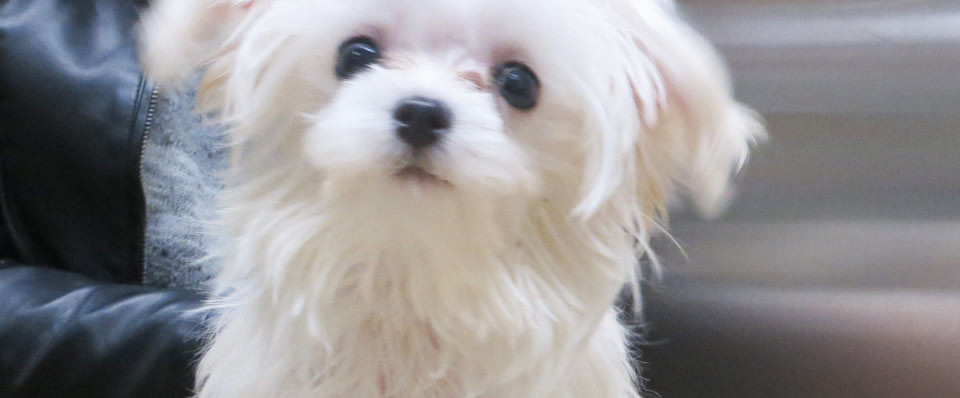Step into the grooming isle of a pet store and it is easy to become overwhelmed by the number of brushes and combs, in many different styles. Ultimately, there are only 3 different categories of brushes; Bristle brushes, wire-pin brushes, and slicker brushes. There are also combs, rakes, dematting tools, and rubber curry combs.
Brushing your pet should be an enjoyable experience. Take your time and be gentle. Brushing your pet daily is ideal. This keeps the bond between you and your pet strong and prevents the development of large mats or tangles. At minimum, dogs short shiny fur (such as Basset Hounds and Boxers) and short dense fur prone to matting (such as Retrievers and Poodles) should be brushed weekly. Dogs with long luxurious coats (like Yorkies and Cocker Spaniels) require daily attention. We do not recommend removing mats that are close to the skin using a scissor. There is a chance that the skin could be cut in the process and require medical attention. Instead, we would suggest using an electric razor(for example, a guarded beard trimmer), or have a professional, such as a groomer or veterinary health team member, take care of the matting for you.
Bristle Brushes
This type of brush is great for every coat type. It distributes oils well and makes the coat shiny. The bristles vary in length, spacing, and stiffness; the longer the hair, the more widely spaced and longer the bristles should be. Stiff bristles should be used on coarse coats. Bristle brushes are often used after removing tangles with a comb or slicker brush, or after removing dirt and dead skin with a curry comb.

Slicker Brushes
Are an excellent choice for removing small mats and tangles in the coat. It is also the ideal brush for short, wiry coats (Terriers, etc), and for cats. Bristle brushes. This type of brush is great for every coat type. It distributes oils well and makes the coat shiny. The bristles vary in length, spacing, and stiffness; the longer the hair, the more widely spaced and longer the bristles should be. Stiff bristles should be used on coarse coats. Bristle brushes are often used after removing tangles with a comb or slicker brush, or after removing dirt and dead skin with a curry comb.

Wire-Pin Brushes
Come with or without rubber tipped ends. They work well on dogs with medium to long hair, as well as those with curly coats.

Deshedding Tools
Such as the Furminator, deshedding rakes combs or blades, should be used after combing or brushing the fur. They can be used in cats and dogs. If there is lots of loose fur, you may want to use a bristle brush afterwards as well. Using a deshedding tool too frequently can damage the coat.

A ‘hound glove’ or damp cloth
Works quite well for removing excess hair from your cat and short coated dogs. You may be surprised at how much they like it! Using a dry chamois cloth after brushing a short coated breed can really make it shine.

Rubber Curry Combs
Are effective at massaging the skin and removing dead skin and dirt, this brush is meant to be used in conjunction with another brush type. It is an excellent initial choice for pets that have sensitive skin, or resist being groomed. Once they are used to the flexible rubber and brushing ritual, they may allow a soft bristle, pin or slicker brush. Many short coated breeds do well with a curry comb to remove dead skin followed by a short flexible bristle brush to pick up loose hair and add shine.






